Topics
Most recent
power features
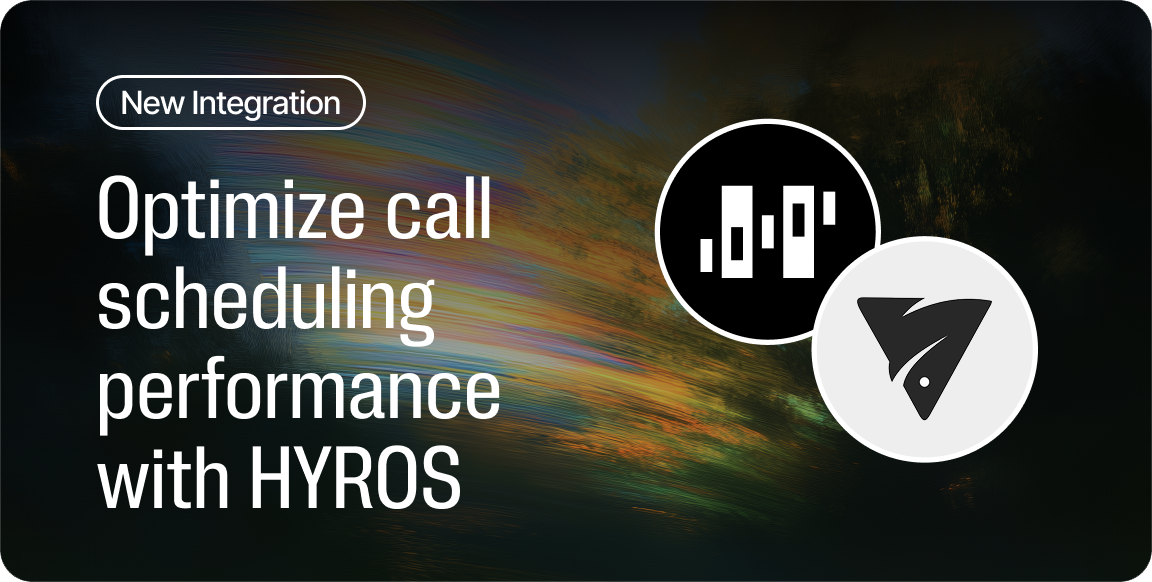
18 Dec 2025
New iClosed integration
iClosed <> Hyros: Full-Scheduler Attribution With a Seamless 1-Click Integration
Learn more

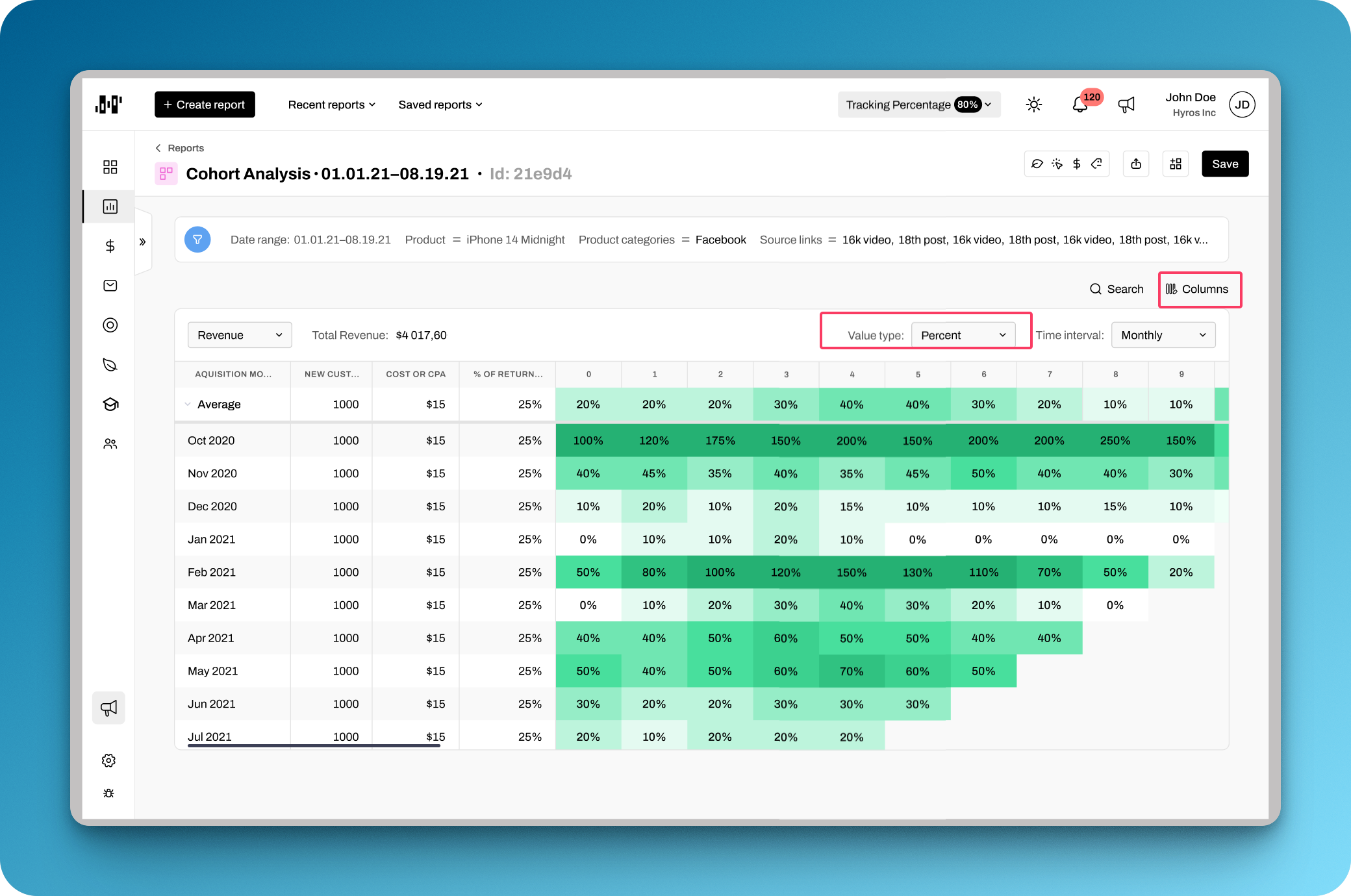
01 Dec 2025
NEW Cohort Report design
We implemented a new design with some new functionalities for the Cohort Report to allow better analy...
Learn more


22 Sep 2025
New Shopify Integration
1-click install flow for Shopify Integration in under 15 seconds
Learn more

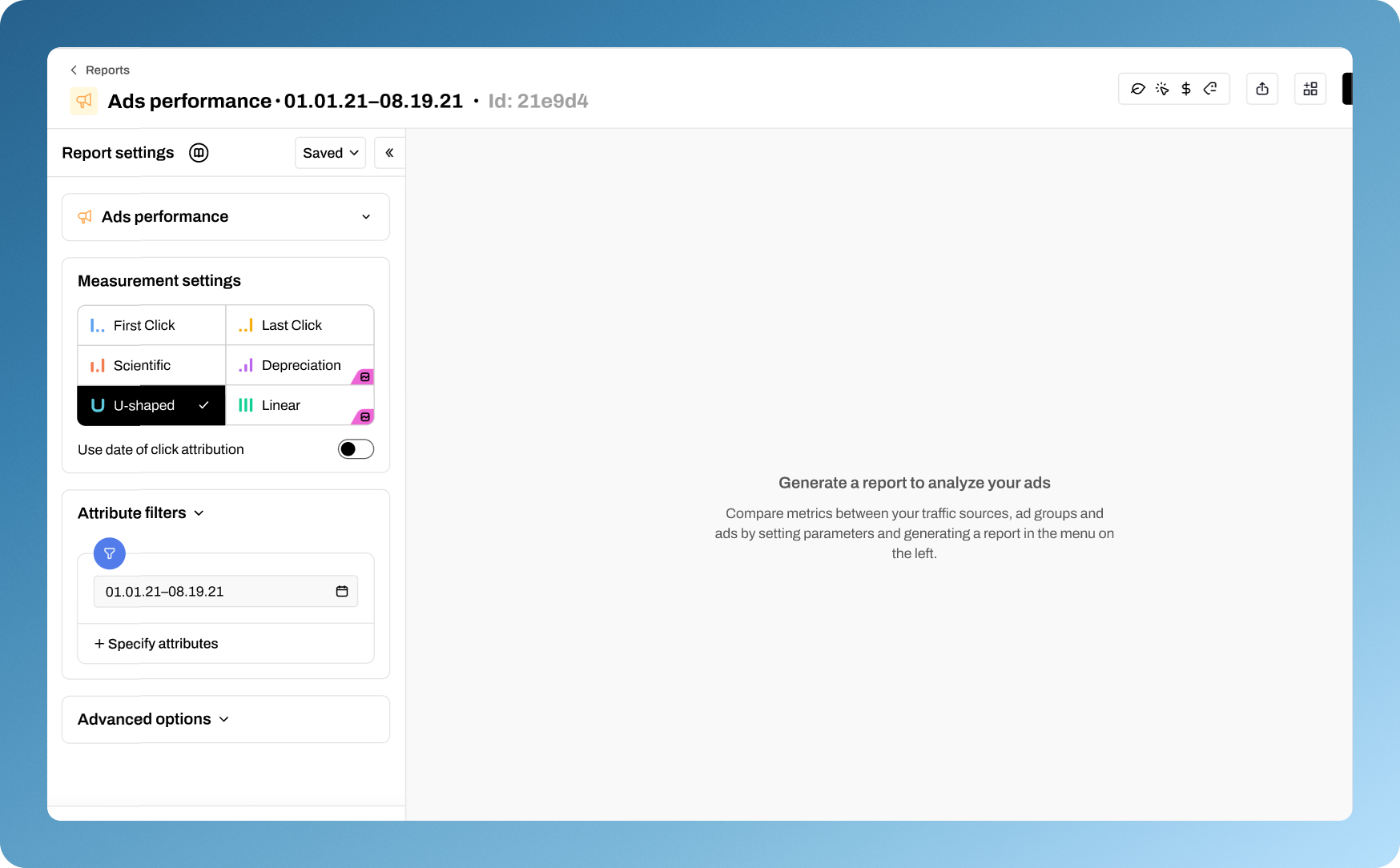
15 Sep 2025
New Attribution Model: U-Shaped Attribution
Highlight the First and Last Touchpoints That Drive Conversions
Learn more

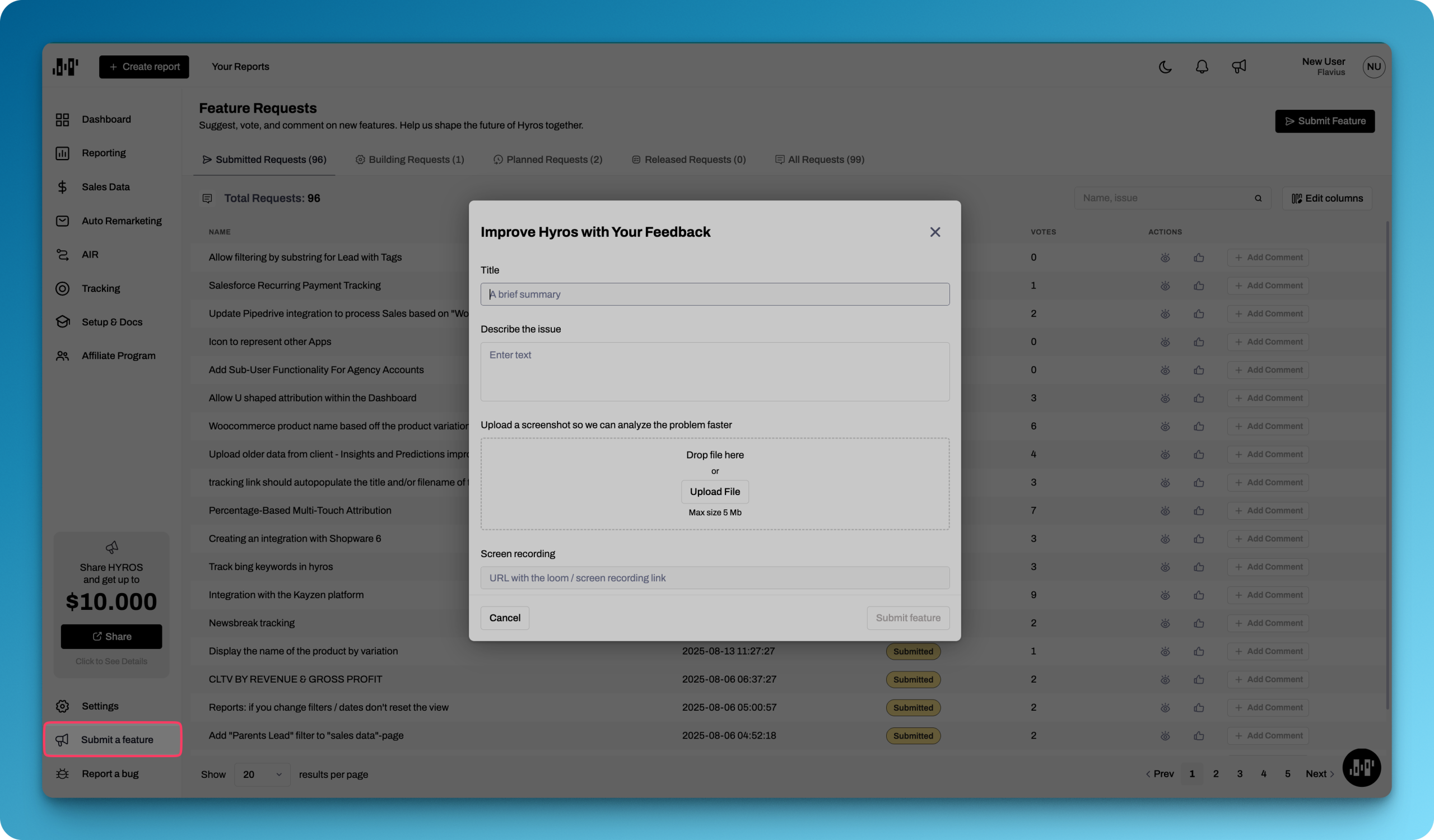

18 Jul 2025
Introducing Our Sleek, Modern Interface Redesign
We’ve refreshed the design to give your browsing experience a cleaner, more refined feel, without com...
Learn more


17 Jun 2025
Track No Show Calls
We’re excited to announce a powerful new feature designed to give you even deeper insights into your ...
Learn more

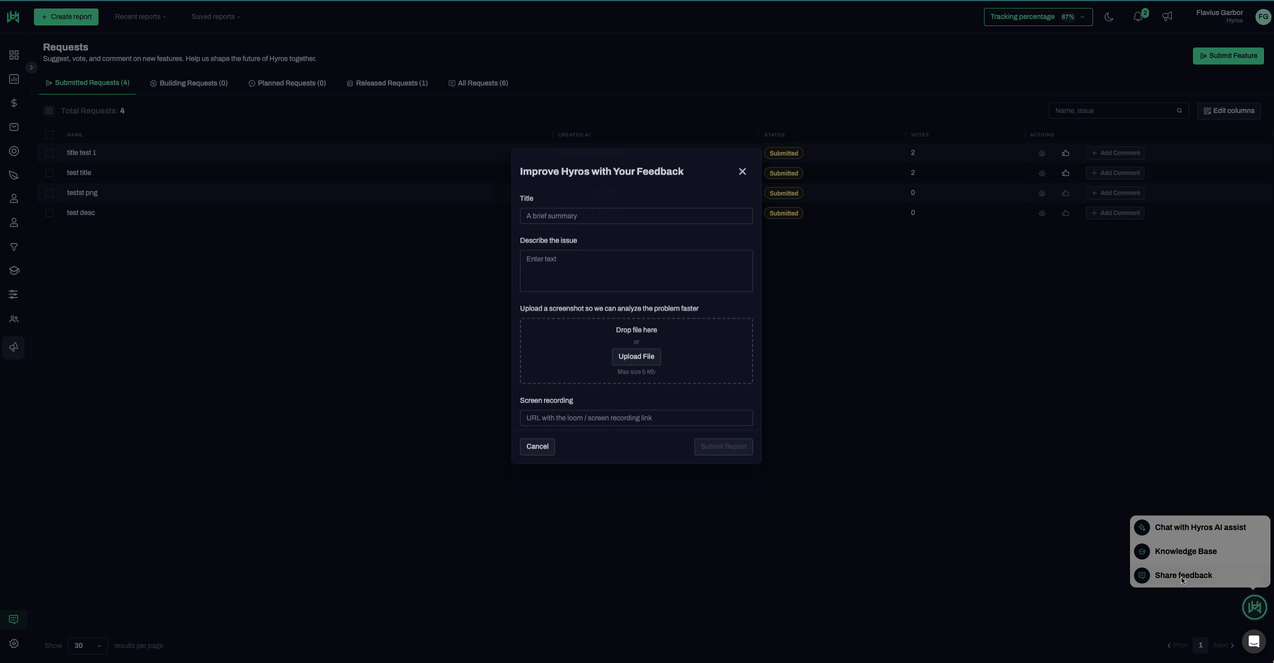
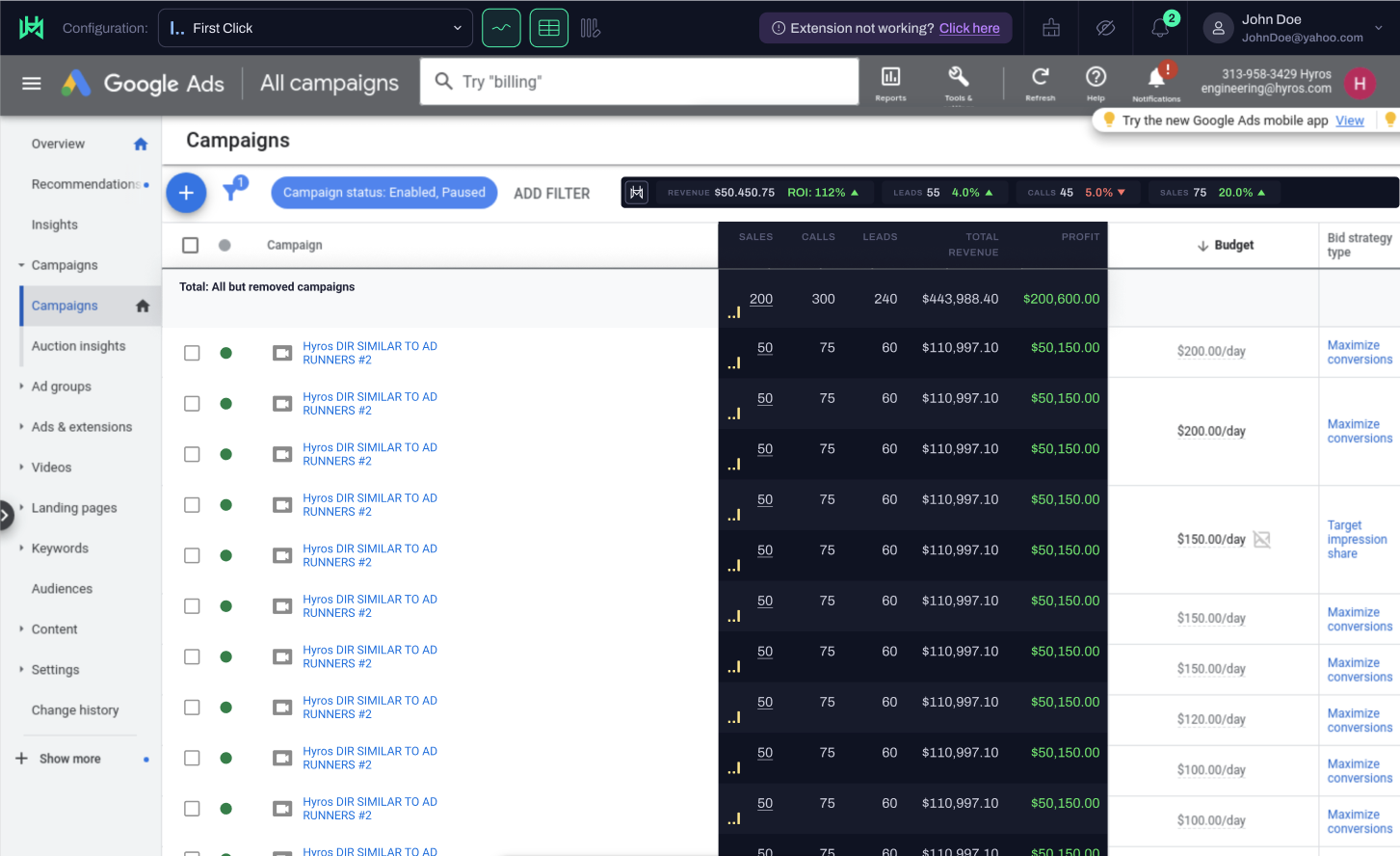
11 Mar 2025
Hyros stats in your ad platform
Analyze Hyros data directly inside your ad platform, on top of your ads
Learn more


10 Feb 2025
Customize Auto Remarketing email templates
Now you can customize the email templates our AI is using in the Auto Remarketing module
Learn more


27 Jan 2025
Report a Bug from the app
You can now quickly submit a bug from within the app using our dedicated in-app bug reporting tool wh...
Learn more

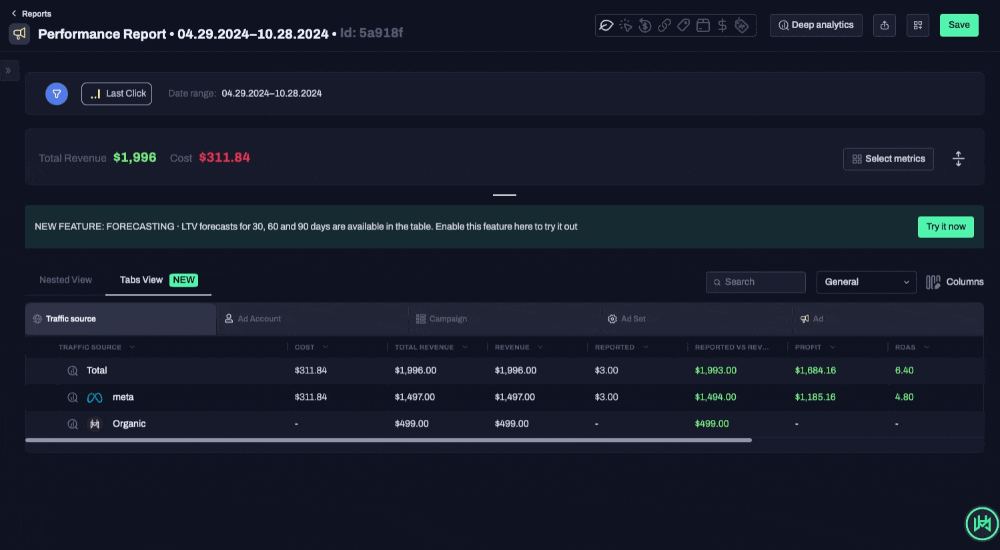
05 Nov 2024
Tab Style Report View
Introducing the new Tab Style View: A Better, More Intuitive Experience
Learn more


28 Oct 2024
Creatives Report
See how creative does across your entire account. You also can see the long term metrics such as tria...
Learn more
